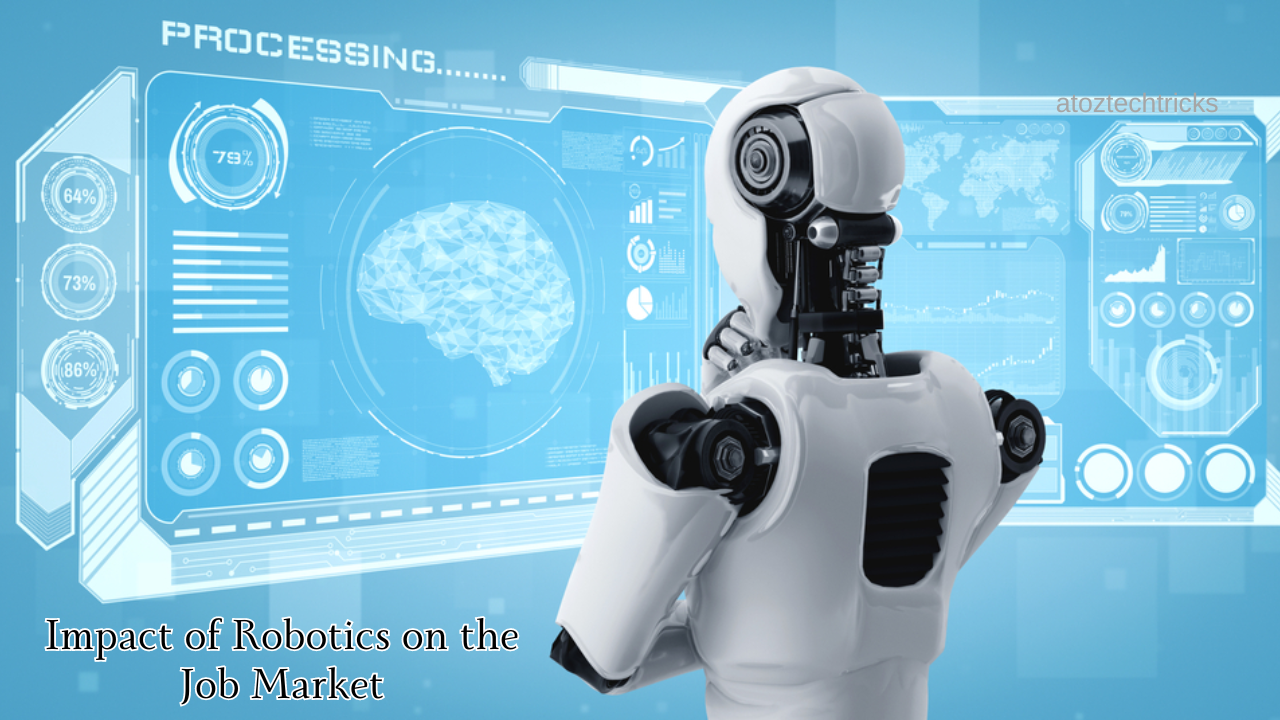Understanding the Impact of Robotics on the Job Market: What You Need to Know
Robotics has become a transformative force in various industries, from manufacturing to healthcare. The integration of robots into the workplace raises important questions about the future of jobs and employment. This article explores the impact of robotics on the job market, addressing both the potential challenges and opportunities presented by this technological advancement.
1. The Rise of Robotics in the Workplace
Robotic technology has advanced significantly over the past few decades. From early industrial robots designed to handle repetitive tasks in factories, to sophisticated machines capable of performing complex operations, the scope of robotics in the workplace has expanded. Key areas where robotics are making an impact include:
- Manufacturing: Robots are used for assembly, welding, painting, and quality control. Their precision and efficiency have revolutionized production lines.
- Healthcare: Surgical robots assist in complex procedures, while robots in rehabilitation help patients recover more effectively.
- Logistics: Automated guided vehicles (AGVs) and drones are streamlining warehouse operations and delivery systems.
Discovering the Limitless Possibilities: The Role of Robotics in Space Exploration
2. The Displacement of Jobs
One of the major concerns regarding the rise of robotics is job displacement. As robots take over tasks previously performed by humans, there is a potential for job losses, particularly in industries that rely heavily on manual labour. Key points to consider include:
- Routine and Repetitive Tasks: Jobs involving repetitive tasks are most at risk. For example, assembly line workers and data entry clerks may face increased competition from robots.
- Skill Levels and Training: Workers with lower skill levels are more vulnerable to displacement, while those with specialized skills may find themselves better positioned in a robotics-enhanced job market.
3. Creation of New Job Opportunities
While robotics may lead to the displacement of certain jobs, it also creates new opportunities. The emergence of robotics in various sectors can lead to:
- Technology Development: The need for robotics engineers, software developers, and technicians is growing. These roles are crucial for designing, programming, and maintaining robotic systems.
- Support and Maintenance: As robots become more common, there will be increased demand for support roles such as robot maintenance technicians and service engineers.
- Industry Growth: The robotics industry itself is expanding, leading to job creation in sectors like research and development, manufacturing, and sales of robotic products.
4. Enhancing Human Roles
Robotics has the potential to enhance human roles rather than simply replacing them. Some ways robotics can complement human work include:
- Augmentation: Robots can perform tasks that are dangerous or physically demanding, allowing humans to focus on more complex and creative aspects of their jobs.
- Collaboration: In some cases, robots work alongside humans, assisting with tasks and improving overall productivity. For example, in a warehouse, robots might handle heavy lifting while humans manage more intricate tasks.
5. The Need for Reskilling and Education
As the job market evolves, there is a growing need for reskilling and education. To adapt to the changing landscape, workers should consider:
- Technical Skills: Acquiring skills related to robotics, such as programming and system management, can make workers more competitive.
- Soft Skills: Skills such as problem-solving, critical thinking, and creativity will remain valuable as automation takes over routine tasks.
6. The Role of Policy and Regulation
Governments and organizations play a crucial role in managing the impact of robotics on the job market. Effective policies and regulations can help mitigate negative effects and promote positive outcomes, including:
- Support Programs: Initiatives that provide training and support for displaced workers can ease the transition to new roles.
- Incentives for Innovation: Policies that encourage investment in robotics and related technologies can foster growth in new job sectors.
7. Ethical Considerations and the Future of Work
The rise of robotics also brings ethical considerations, such as:
- Job Equity: Ensuring that the benefits of robotics are distributed fairly across different sectors and regions.
- Work-Life Balance: As automation increases productivity, there may be discussions about reducing working hours and improving work-life balance.
Robotics is reshaping the job market in profound ways. While the potential for job displacement is a significant concern, the technology also brings opportunities for new roles, enhanced productivity, and economic growth. By focusing on reskilling, embracing new opportunities, and fostering supportive policies, we can navigate the impact of robotics and build a future where technology and human work complement each other.
Government Regulations and Policies Surrounding Biotechnology Research and Development





Post Comment